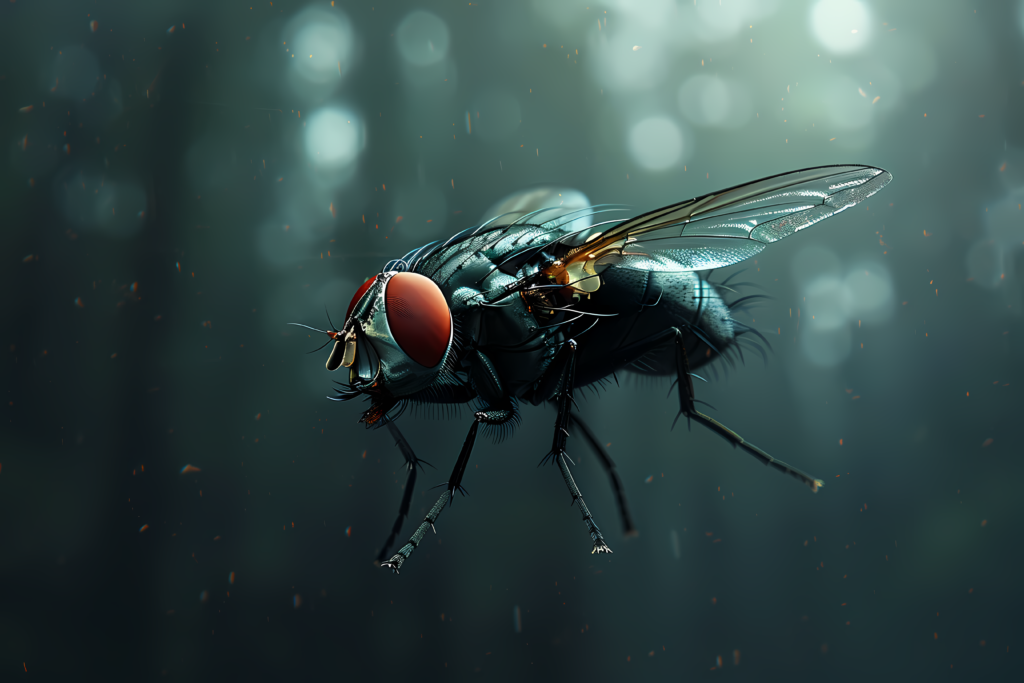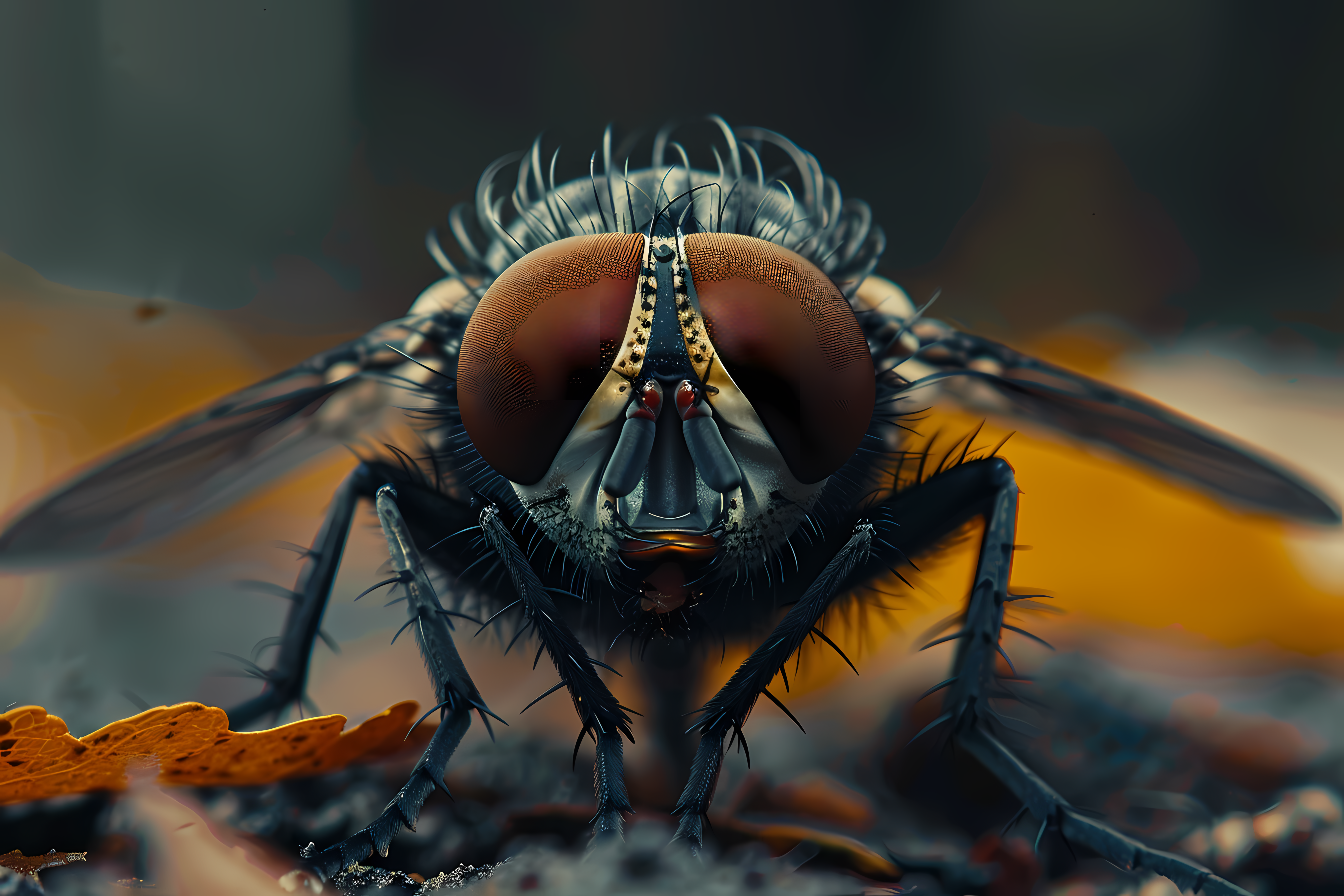Ancient “Venus Flytrap” Wasps Discovered in 99-Million-Year-Old Amber
Fossilized Parasites Reveal Bizarre Trap-Jaw Hunting Strategy Never Seen Before
By Chris Simms
Paleontologists have uncovered an extraordinary extinct wasp species preserved in Burmese amber that used its trap-like abdomen to snag prey like a Venus flytrap—a hunting method never before seen in insects. The discovery, published today, offers a glimpse into the unusual evolutionary arms race between parasites and their hosts during the Cretaceous period.
A Wasp Like No Other
Dubbed Sirenobethylus charybdis—named after the sea monster from The Odyssey—this 99-million-year-old wasp had:
✔ Three movable abdominal flaps forming a grasping “trap”
✔ Sensory trigger hairs lining the lower flap
✔ A lightning-fast snapping mechanism to immobilize prey
“It’s unlike any wasp—or any insect—alive today,” says Lars Vilhelmsen (Natural History Museum of Denmark), lead author of the study.
How the “Trap Abdomen” Worked
Micro-CT Scans Reveal a Killer Design
Using high-resolution X-ray imaging, researchers examined 16 fossilized females encased in amber from Myanmar’s Kachin region. The scans showed:
🔎 Trap preserved in multiple positions (open, partially closed)
🔎 Elongated sensory hairs on the lower flap
🔎 Muscle attachment points suggesting rapid movement
Hunting Like a Carnivorous Plant
Scientists reconstruct its attack strategy:
1️⃣ Ambush position – Waited with abdomen slightly open
2️⃣ Trigger hairs – Detected passing insects (likely flying prey or jumping nymphs)
3️⃣ Snap! – Flipped backward to clamp the victim
4️⃣ Parasitization – Laid eggs on the immobilized host
“Think of it as a backward-moving Venus flytrap with a stinger,” Vilhelmsen explains.
Evolutionary Significance
A New Solution to an Ancient Problem
All parasitoid wasps face the same challenge: how to subdue hosts long enough to lay eggs. Modern species use:
- Venomous stings (ichneumon wasps)
- Stealth attacks (cuckoo wasps)
S. charybdis evolved a completely unique approach—mechanical restraint via abdominal trapping.
“This is a brand-new adaptation in parasitoid warfare,” says Manuel Brazidec (University of Rennes), who was not involved in the study.

Why Did It Go Extinct?
Possible reasons:
☠️ Specialization backfired (over-reliance on one hunting method)
🌍 Cretaceous ecosystem shifts wiped out its hosts
⚔️ Outcompeted by venomous wasps (more efficient parasitizers)
Modern Relatives?
The team identified living cuckoo wasps (Chrysidoidea) as distant cousins. But none have retained this bizarre trapping mechanism.
“Evolution experimented with this design and then abandoned it,” says Vilhelmsen. “Nature’s R&D department works in mysterious ways.”
Further Reading
- “Parasitoid Wasps Through Time” – Current Biology
- “Amber Fossils of Myanmar” – Nature Ecology & Evolution
- “Insect Trap Mechanisms” – Journal of Paleontology
Image Credits: 3D reconstructions based on micro-CT scans (CC-BY).
This article is free to republish with attribution. Follow *#TrapWasp for updates on ancient parasites

